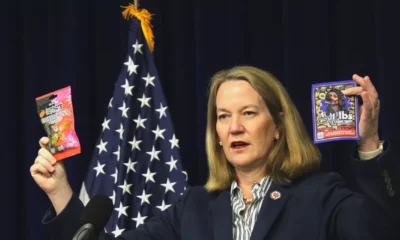aps
Arizona’s Energy Demand Skyrockets to Unprecedented High

By Daniel Stefanski
Arizona has experienced unprecedented energy use this summer as temperatures soar across the state. The Arizona Corporation Commission recently announced that local electric utilities have set new records for peak energy demand.
The highest peak was recorded on Sunday, August 4, between 5-6pm, when temperatures hit a scorching 116 degrees Fahrenheit. Commissioner Kevin Thompson commended the utilities for their outstanding performance in maintaining power availability, attributing it to Arizona’s diverse energy generation strategy.
“Our utilities have done an exceptional job of keeping the lights on and air flowing through new record-setting peak demand this summer,” said Thompson. “Unlike California, we haven’t faced severe energy issues because our regulators focus on a multi-faceted energy generation approach.”
Chairman Jim O’Connor echoed these sentiments, noting Arizona’s top-ten ranking for power reliability—a crucial factor during extreme weather conditions. “Our utilities continue to deliver reliable power in the face of excessive temperatures and ever-increasing electricity demand,” he commented.
On August 4, Arizona Public Service (APS) utilized 8,212 MW of power, surpassing last year’s figure of 8,162 MW. Similarly, Salt River Project’s (SRP) consumption hit 8,219 MW, up from 8,163 MW in 2023. Tucson Electric Power (TEP) nearly broke its own record with 2,917 MW on July 8, although August 4 saw a peak demand of 2,661 MW.
Commissioner Lea Márquez Peterson highlighted the utilities’ preparedness for the summer’s challenges. “Their summer preparedness for peak demand is vitally important to keeping our families safe and cool,” she said.
The Commission reported that these utilities are ready to generate over 23,000 megawatts to meet daily summer demands. APS serves 1.3 million customers, SRP 1.1 million, and TEP/UNS 719,000.
Finally, the Commission urged residents to help reduce peak electric demand by lowering energy use during critical hours and participating in demand response programs. These actions can decrease overall customer demand and lower monthly electric bills.
Daniel Stefanski is a reporter for AZ Free News. You can send him news tips using this link.


















